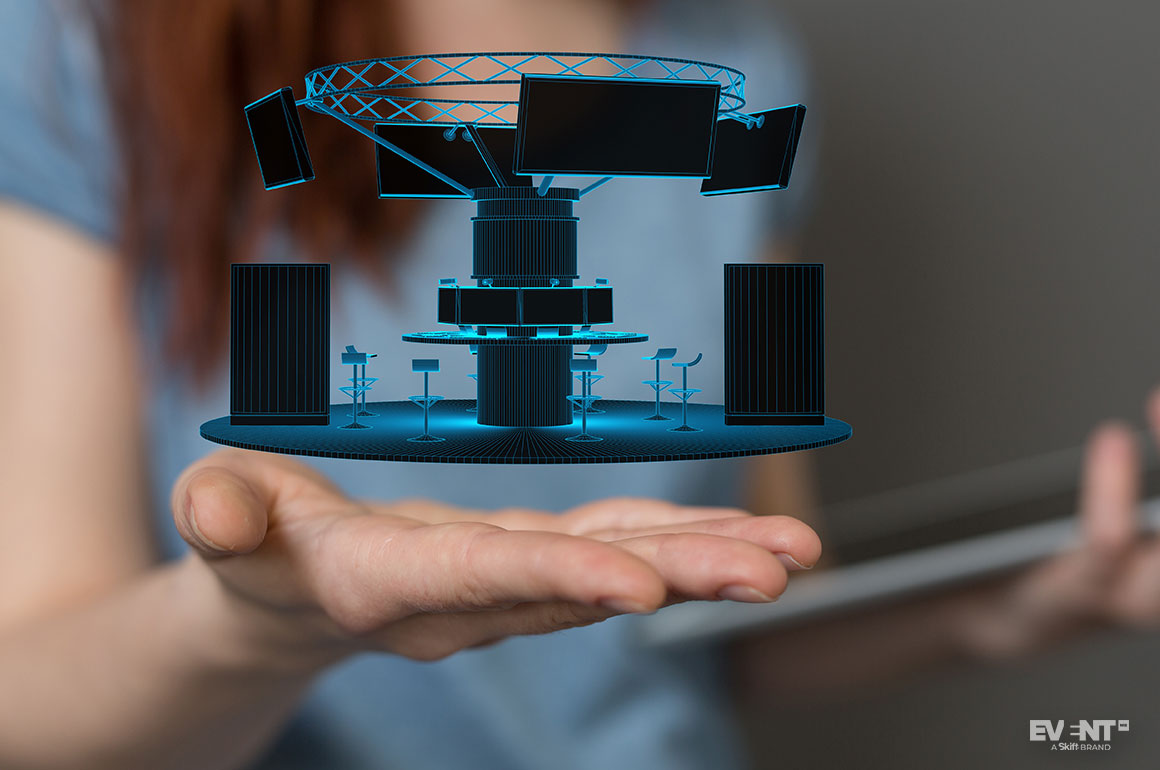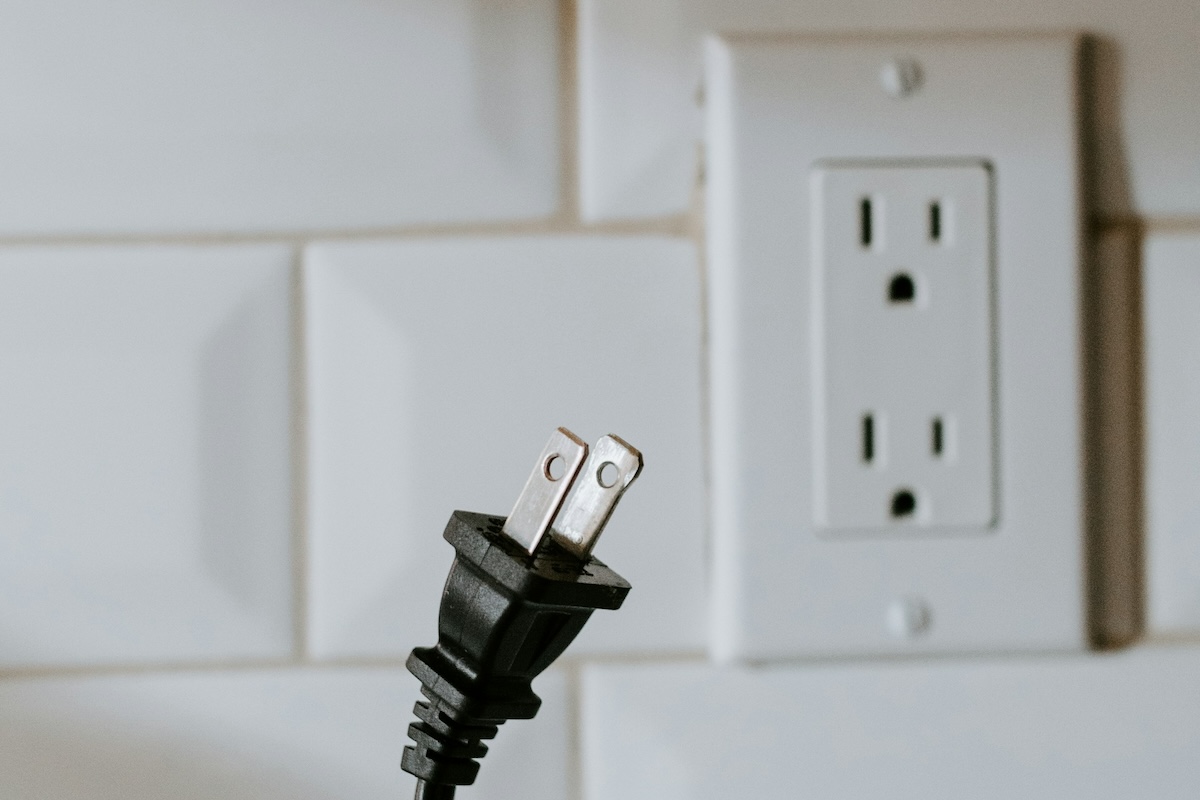We’ve covered the topic of 3D environments and their potential use cases for events in the past, but what do eventprofs really think of them?
To find out, EventMB editor-in-chief Miguel Neves reached out to fellow professionals in the industry. In this post, we’ll take a look at the feedback he received.
Neves’ informal survey asked eventprofs the following question: “Where do you stand on virtual 3D booths? Do they make sense to you, or are there better ways to showcase sponsors and exhibitors?”
Survey Responses
Of the 227 respondents, 43 percent said that they liked 3D environments, while 57 percent felt that “they made no sense.”
Fans of 3D environments pointed to their potential to create engaging, immersive experiences for event attendees, where both networking with attendees and perusing suppliers could theoretically take on the level of engagement you might expect at an in-person event. From this point of view, 3D spaces allow event organizers to better showcase products by placing them in simulated real-world environments like virtual showrooms or trade booths.
Others, however, pointed out that while 3D technology has great potential, its use in practice is often underwhelming. As one event professional put it, most virtual reality (VR) environments are “super ugly and totally boring.” The theoretical possibilities for VR environments may be undermined by the tendency to use the tech to create inferior copies of real-world experiences.
Some respondents in favour of VR suggested that the technology was best used when creating exciting, even exotic, experiences that go beyond the trade show model and that might help facilitate greater networking and engagement. Why, according to this line of thought, recreate the experience of trade booths when you could be recreating the experience of being at a beach, or at a bar?
Another pro-VR commenter noted that 3D virtual tech allows presenters to display products that could never fit in a tradeshow booth, such as mining equipment or aircraft. As they put it, “stepping inside a booth can be the portal to a much bigger experience… [products on display] can appear on a table in the booth as miniature and you can effectively dive right into life-size.”
Respondents who were more skeptical of VR argued that while virtual 3D environments can be used to share valuable content, discussions of their use often focus too much on the technology itself, rather than on the content it’s meant to deliver. 3D environments may actually be a distraction from the products and services they’re meant to help display. While organizers have a clear interest in keeping attendees on the floor of a physical trade show, it’s not as clear that simply keeping attendees immersed in a virtual environment has the same benefits.
Proponents of VR noted that in order to maximize their effectiveness, virtual exhibitions should be one channel in a wider approach to marketing and sales. In this view, 3D environments work best when customers can dip into them whenever they like, quickly and easily, without having to learn how to navigate complicated virtual programs.
Eventprofs who were less enthusiastic about 3D environments noted, however, that when companies have spent time and money building quality websites, re-formatting to a virtual booth may well be a poor use of their marketing budgets.
IN CONCLUSION
While eventprofs seem split on the value of virtual 3D booths as they tend to be used now, there was general agreement that, if properly implemented, the wider range of VR environments do at least have the potential to add real value to events.
Doing that effectively, though, requires having a thorough grasp of just what the technology can do. As one respondent put it, if virtual reality tech “is just a means to a video conference, then most attendees will avoid [it], but if you can recreate the excitement and natural networking attendees experience when walking down the rows of a real trade show, then the ROI and value of the conversations greatly improves.”





